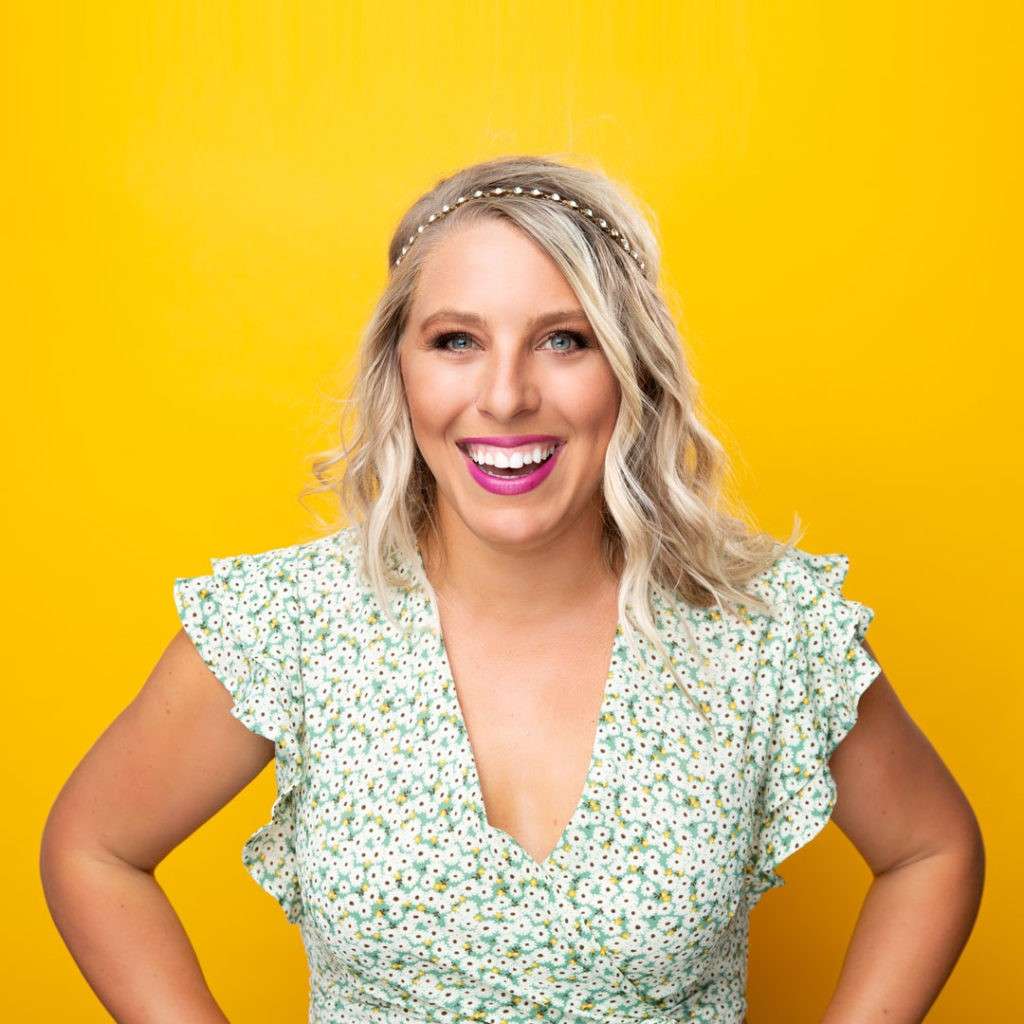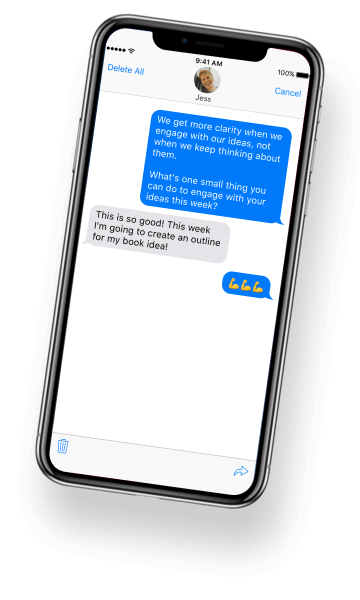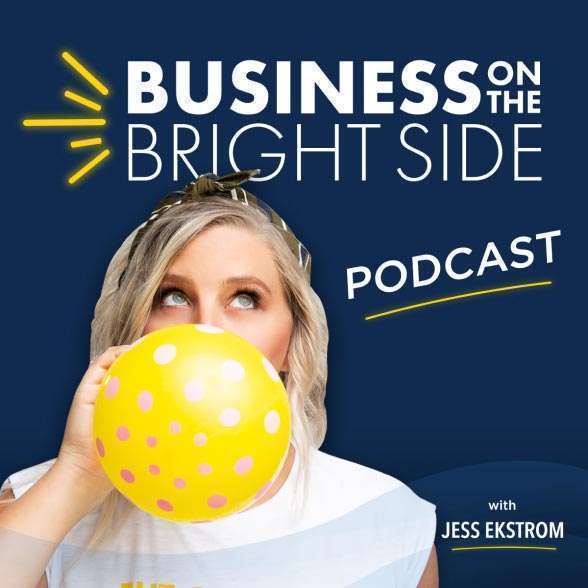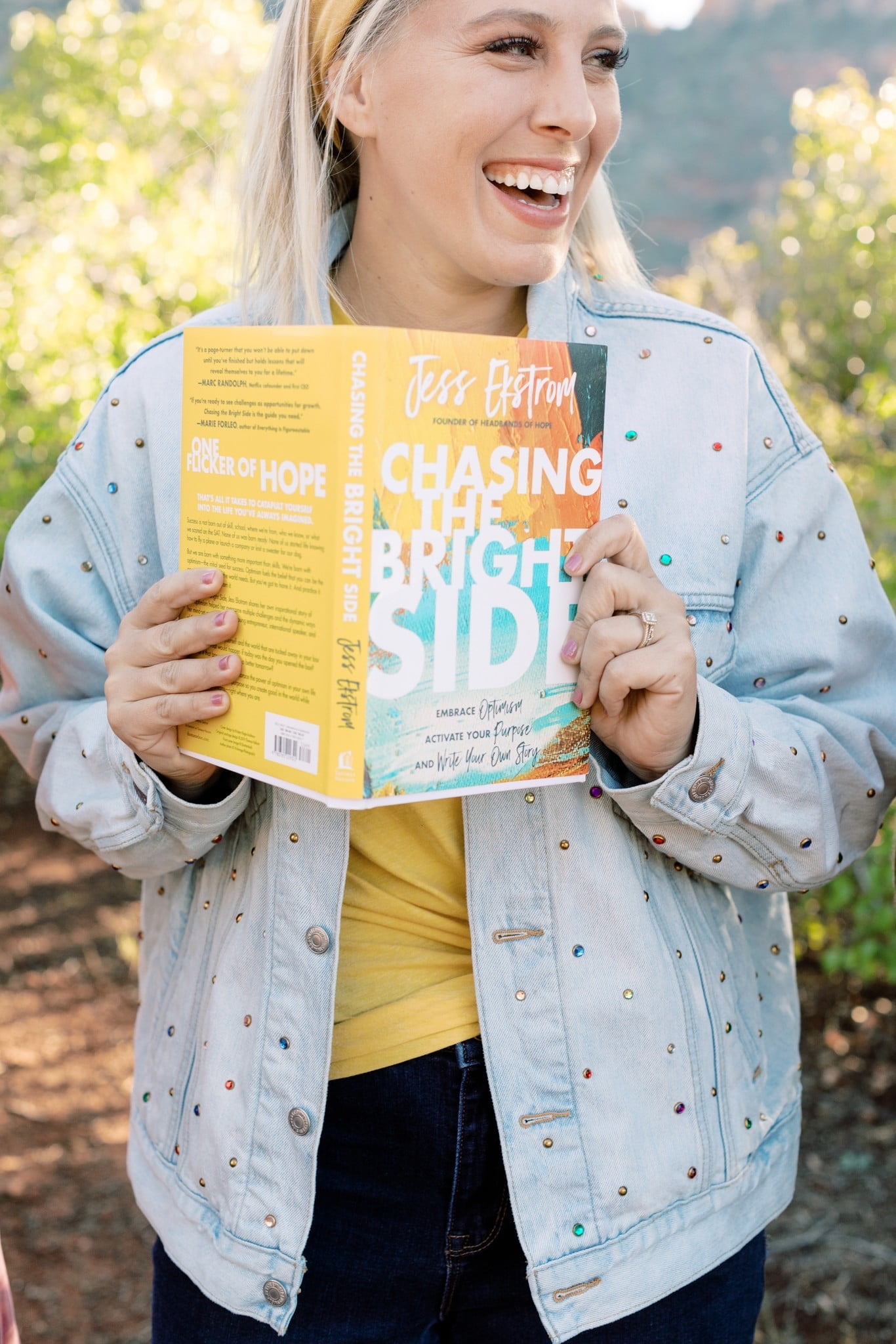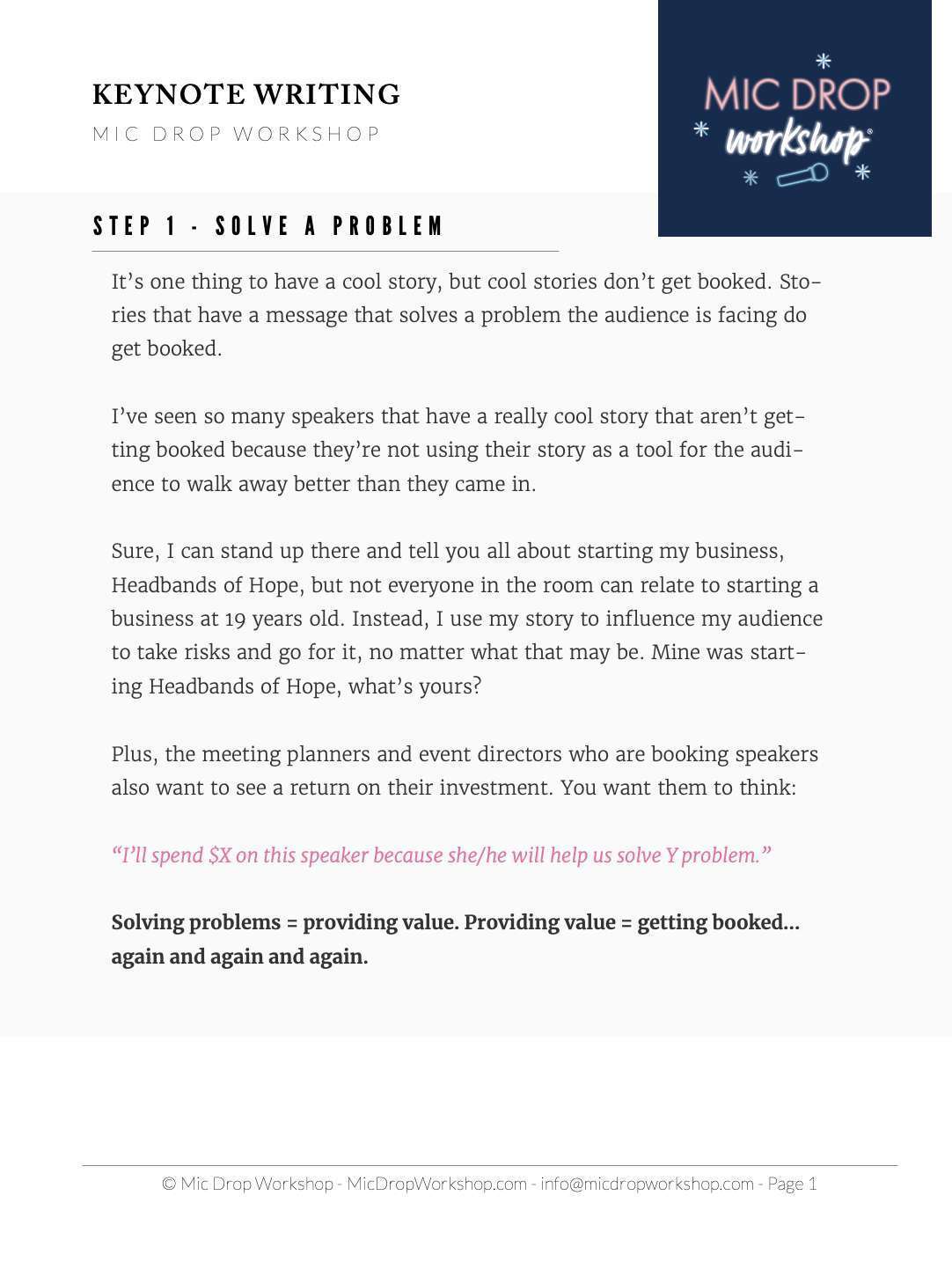SHOW NOTES:
So, you have a book idea, but you have no idea where to start in order to get your book on shelves—thankfully I’ve already been through the process and can tell you!
In this episode of Business on the Bright Side, I’m sharing four important steps to get your book on the shelves of retailers you love. Listen in as I dive into building a book proposal, getting a literary agent, securing a book publisher, and doing the work to see your book out in the real world.
Four Steps to Get Your Book On Shelves
1. Answer this Question: Why do you want to write a book?
- Why you? (2:03)
- Why this topic, transformation, or category? (2:28
- Why now? (2:42)
prompted.io
Publishing Deals (3:41)
2. Write Your Book Proposal (4:41)
What goes into your book proposal:
- Overview of the Book
- Answering the whys
- Who’s your target market
- Comparative titles
- Chapter outlines
- Who are you
- Marketing ideas
- Sample chapters
Working with a Literary Agent (6:19)
Working with a Publisher (8:10)
Working with a Sales Team to Get on Shelves (9:26)
3. Getting in Local Bookstores (10:31)
4. Getting in Local Libraries (12:09)
One Liner: Only write a book if you want to leave your readers better after having read it. (15:15)
Get Podcast Updates Every Monday: Text Podcast to 704-228-9495
Register for the Book Pop Workshop Webinar
Review the Transcript:
Have you ever just stood in front of a shelf at Barnes and Noble or any kind of book aisle and wondered where your book would go? And you can see it, you can feel it that your book should live here. Well, today on this episode of Business on the Bright Side I’m going to talk about how to get your book on shelves. And if you want to go a little bit deeper after this episode I’m hosting a webinar called Book Pop Workshop that shows you how to get a traditional book deal. So head to businessonthebrightside.com and sign up for my upcoming webinar and I hope you enjoy this episode.
What’s up everybody, it is Jess Ekstrom and welcome to Business on the Bright Side, the podcast where you can learn how to make a living and make a difference at the same time. Life is short and so is my attention span so let’s get started.
So, how do you get your book on shelves? This is totally a pinch me moment when you walk into a store, whether it’s a local bookstore or a Target or a Barnes and Noble and you see your living, breathing book on shelves and maybe next to some of your favorite authors. I know when I walked into Barnes and Noble and saw my book beside Glennon Doyle and Marie Forleo it was such a cool moment for me. And so, I want to share some tips and secrets on how you can do the same thing.
But first I want to just step back for a second. I want you to ask yourself why do you want to write a book. Now I know that this seems maybe that this won’t help you get your book on shelves but I promise that it will, just keep listening. So why do you want to write a book and not just a book but this book.
So let me break this down into three smaller questions because it might seem daunting to be like why do I want to write this book. So first, why you? Why are you the one to write this? Now, this isn’t supposed to be a question that’s supposed to march you down this imposter syndrome path. I want you to think about why you are the person that should be writing this book based on your life experiences, based on what you know, based on what you’re passionate about. Why are you the author of this book? Then that second question is why this topic? Why this transformation? Why this category? Why does this topic matter to you? And then that third part of this question is why now. This is the big one. Why now is something that you can pitch to agents, to publishers, to stores as to why people need to read this book in this current climate. Stores want to carry books that also have a relevancy them. They want to carry things that people need in that moment.
So why you, why this, and why now, these three questions are going to help you get really clear on what it is you have to offer, why it can be packaged in a book and how it can help people right now in this moment. And then you can take all that and start working on a book proposal. So a book proposal is basically like a business plan for your book and this is typically made to get a publishing deal but it can also be really helpful just as a roadmap even if you self-publish. But I will say that getting a publishing deal is one of the best ways to get your book on shelves in stores.
So, I had nothing to do with getting Chasing the Bright Side in Barnes and Noble and Walmart or I think we were also in Altered State and some other stores. It was the Harper Collins sales team that got that book into stores. It’s really hard to get a self published book in stores. I know that there are I think some hybrid publishing companies out there where you can actually pay for that shelf space but you don’t want to do that. And so one of the best ways to get your book in stores is by actually getting a traditional publishing deal which I talk more about in my Book Pop Workshop webinar. So head to businessonthebrightside.com and you can check that out and sign up for a spot. But I’ll go over what a publishing deal is, how it works and how it helps you get your book in stores.
So, a publishing deal starts with a book proposal. So, I want you to think of a book proposal as basically a business plan for your book idea. You’re giving a literary agent and a publisher a taste of what this book could be like which actually means that you’re not going to write the full book in order to get a traditional publishing deal, you’re going to write a proposal. So, a proposal includes anything from an overview of the book, answering the questions that I asked you earlier in this podcast, why you, why this, why now, who your target market might be, what comparative titles are out there that you can draw similarities and differences to your book, chapter outlines, who you are as an author, marketing ideas, things like that. And then also you’ll include two to three sample chapters so they can get a taste of your writing style.
So the better your proposal is the more likely you’ll get a book deal. And so, instead of thinking of just writing the book right now write a proposal. Because the proposal helps you get really clear on your book idea, who it’s for, mapping it out, and then you can use that proposal to start pitching to literary agents. And if you’re like, “Jess what the heck I still don’t know what a proposal is,” definitely sign up for my Book Pop Workshop webinar where we’ll go through that and you’ll get a proposal checklist that shows you step-by-step what a proposal is and how you can create one for your book.
So now a literary agent is someone that is going to represent you, your book idea and pitch it to publishers. So you yourself are not going to be actually pitching your book to different publishers, a literary agent will do that. And how this model works is that they will represent you and then if they pitch it to a publisher that acquires it then that literary agent will get anywhere from 15 to 20% of what your advance is. So your literary agent should believe in you, believe in your book idea and want to represent and also be someone that you could go on a long car ride with. Because if your literary agent is someone that is going to be with you for the long haul of your writing career, even just one book feels like a long haul, then you want it to be someone who sees you, sees your message and what you’re trying to create but also that you just jive with.
So I had a lot of meetings with literary agents a lot of who rejected me, which I talk about in my webinar as well, but it wasn’t until I met the literary agent that I now use today, Karen, who represented Chasing the Bright Side that I was like, “This is what it’s supposed to feel like.” She actually had the idea for Chasing the Bright Side before I then did. That’s how much she saw through me and what I was trying to create.
If your literary agent tries to say like, “But you could pay me a retainer and then I’ll pitch you to all these different publishers,” definitely don’t do it. Your literary agent should only win when you win by getting a percentage of the advance that a publisher pays you to write the book. So when a publisher like Harper Collins or Penguin or whatever it might be acquires your book title you then get what’s called an advance. So, an advance is usually broken into different phases depending on who your publisher is. You might get a percentage upon signing, a percentage when your manuscript is turned in and then a percentage on the publishing date. And this is basically what they are going to pay you to write the book and then once your publisher recoups that advance through book sales then you get what’s called royalties per book sold.
So, it’s a little bit different of a financial model then self-publishing because self-publishing you’re putting a lot of the cost upfront but then you’re getting a higher percentage of money per book sold but you’re not getting an advanced to write it. So, there’s different ways that you can get your book out there depending on what you want the financial model to be. And if you are in it for the long haul and want to put a little extra juice in to get that publishing deal in my opinion having done both self-published and traditionally published I think it’s worth the wait and it’s worth a little blood, sweat, and tears to get one.
So getting a publishing deal also means that they are going to give this book, your title, to their sales team, who is then going to go pitch it to different stores to get on shelves. So you want to make sure that you have that really clear sales pitch for your book so that the sales team for whatever your publisher is can easily sell it. And so for me I actually spoke at the Harper Collins sales conference and was able to try to articulate what their sales pitch should be to get Chasing the Bright Side in stores. So, a lot of the sales pitch that I gave them was a lot of business books and things out there are telling you everything that you don’t know but what if you already do know a lot of the things and you just need to have a little bit extra belief in yourself and optimism about the future in order to go do it. And so giving them that clear, concise messaging not just for them but also for yourself is really great in getting your books on shelves.
So if you don’t get a publishing deal or even if you do, there are still ways that you can get your books on shelves in bookstores. So I still do this all the time, I walk into local bookstores, I ask them to carry Chasing the Bright Side if they’re not already. And then if it’s local I tell them that I’ll come back and do a reading or a signing or a post about it on Instagram. And I mean 100% of the time they’ve been more than happy to do that because a local author popped in and said that they would come back and sign their books or do a reading about it. And so local bookstores I think are just this incredible way to get your book out there, you’re supporting local businesses, you’re connecting with your community and they’re always looking for ways to bring foot traffic into the store. So, having authors come by as guests is a really great way for them to do that and for them to also buy your book.
Another thing that you can pitch to them is carrying your book on consignment which means that they won’t buy your book upfront, they’ll carry five to 10 copies whatever it is, and then pay you for what sells. And so if you’re carrying a lot of the inventory of your book, let’s say you bought a lot of copies, whatever it might be, you can also give it to them risk-free and have them pay you monthly for what sells or once you sell five copies and you cut me a check or whatever you want that to look like. So just walking into local bookstores, even local gift shops that also maybe carry books is a great way for you to get your book on shelves.
Lastly, don’t underestimate local libraries. Holy cow I will be honest, I was not even thinking about libraries when I was getting my book Chasing the Bright Side onto shelves and getting it out there but then I started getting Instagram pictures. People are like, “My hold, the library finally got here. I finally get to read this book.” And I was like, “Wow, how many libraries are carrying this book?” And at that point it was like 600 libraries in the United States were carrying Chasing the Bright Side. And they can carry physical copies and audio copies which I think is so cool that libraries are doing that now. I know I have my Libby app on my phone where I can reserve eBooks and audio books and things like that through my local library.
So one of the things that I realized because I was like, “Oh man, a lot of people are using the library to read Chasing the Bright Side,” is that you can actually request libraries to carry your book or really carry any book. So, call your local library or sometimes when you go onto their website they have a form where you can submit a request for a book and ask them to carry your book. You can also do the same thing that I suggested with bookstores, ask them if they want to do a reading or a signing at the library. Again, they’re always trying to host community events, get people in the door. So offer up your reading and your services or better yet in addition to that tell your people on social media or tell your friends and family to call their local library and request their book.
So I did that once I realized that libraries were a big part of the spread of Chasing the Bright Side. I put it on social media, I sent out an email. I was like, “Hey everyone, call your local library or go to the website, fill out that form, see if they’ll request it.” And now Chasing the Bright Side is at over a thousand libraries across the country and it still warms my heart when I see someone that’s like, “I’m overdue on my library because I can’t put this book down. I don’t want to return it.” And it’s just such a cool feeling.
So to recap how to get your book on shelves first I want you to ask yourself the three why’s, why you, why this, why now. And if you need help working through this idea head to brightpages.com and I want you to pick the book writing pathway. This pathway is going to help you work through your book idea, get it clear and concise. So then you can go write your proposal. The second thing I want you to do is write your proposal so then you can get a literary agent and potentially get a book deal. If this seems really exciting but also super scary to you definitely head to the show notes on this episode on businessonthebrightside.com and sign up for my upcoming webinar Book Pop Workshop and so I can get into this in more detail about how to get a traditional publishing deal. The third way to get your book on shelves is walk into local bookstores and just pitch it. And the fourth way is calling your local library or empowering your community to call their local library and get your book on shelves.
So I will leave you with this, only write a book if you want to leave your readers better after having read it. And next week on Business on the Bright Side we talked about is your book idea a book or a blog post. So tune in every Monday, you and me let’s do this.
Thanks for listening to Business on the Bright Side with Jess Ekstrom. I love to send out the episodes every Monday with a quick text and a quote from me so text me the word podcast to 704-228-9495. That’s 704-228-9495. If you want to see what the show notes are from this episode head to businessonthebrightside.com, hit subscribe here, write a review and I’ll see you on Monday.

